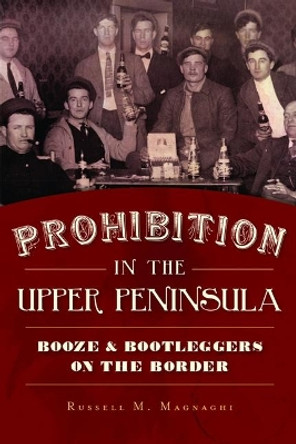Several ethnic groups have come to Michigan from the British Isles. Each group of immigrants from this region - the Cornish, English, Irish, and Welsh - has played a significant role in American history. Historic records show that some early nineteenth-century Cornish immigrants were farmers and settled in the Lower Peninsula of Michigan. However, the majority of early Cornish immigrants were miners, and much of their influence was felt in the Upper Peninsula of the state. Many of the underground miners from Cornwall got their start in this region before they migrated to other mining regions throughout the United States. Hard-working families came from throughout the peninsula of Cornwall, bringing their history, recipes, songs, religions, and other traditions to Michigan's northern mining country. This nineteenth-century migration brought them to new homes in Keweenaw County, Houghton County, Copper Harbor, Eagle Harbor, and Presque Isle. In the 1830s, newly arrived immigrants also settled in the lower parts of Michigan, in Macomb, Washtenaw, Lenawee, and Oakland counties. The automobile boom of the 1920s sent many of these immigrants and their children to Metro Detroit from the Upper Peninsula, where their traditions are perpetuated today.
About the AuthorRussell M. Magnaghi teaches history and is the university historian at Northern Michigan University. He is the author of A Sense of Place: Michigan's Upper Peninsula: Essays in Honor of William and Margery Vandament and Italians in Michigan. In 2005, he was awarded The Historical Society of Michigan's Charles Follo History Award at the 56th Annual Upper Peninsula History Conference.
Book InformationISBN 9780870137877
Author Russell M. MagnaghiFormat Paperback
Page Count 101
Imprint Michigan State University PressPublisher Michigan State University Press
Weight(grams) 170g









